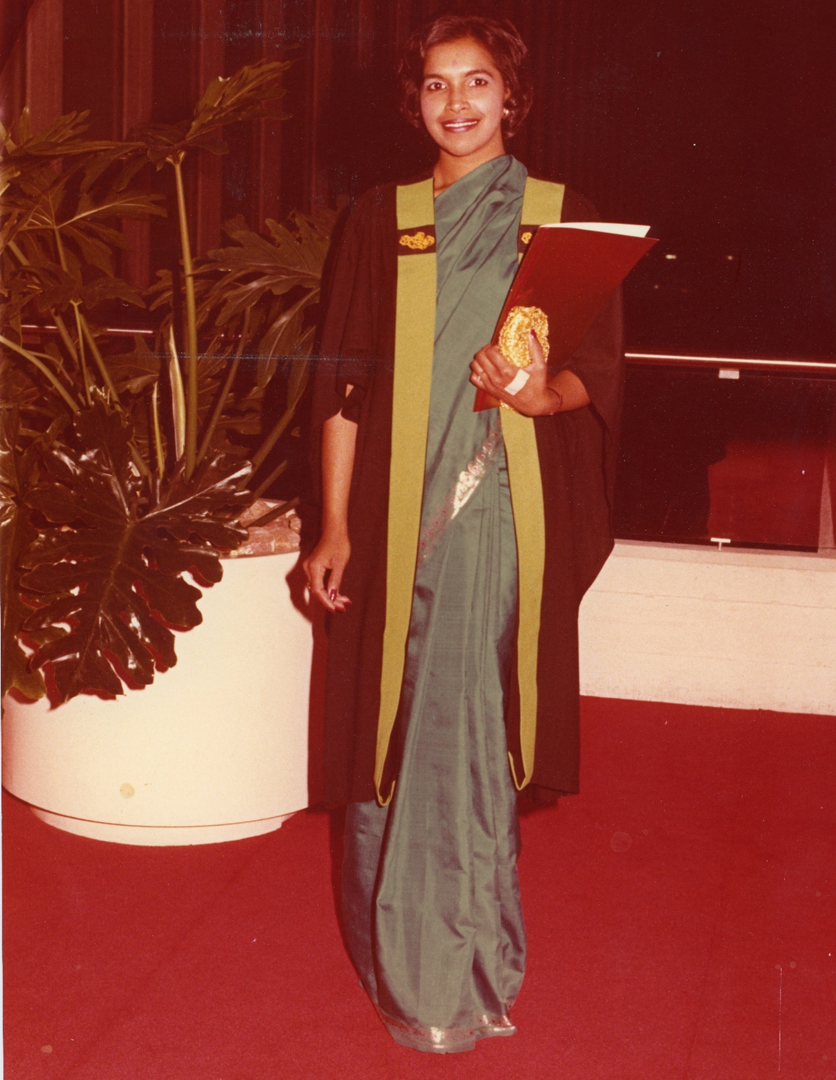History of Curtin regalia
The first graduation ceremony at Curtin occurred on 14 June 1968, as the Western Australian Institute of Technology (WAIT). The Institute council passed a motion in November 1973 to introduce academic regalia:
“it was resolved that
the form of academic dress consisting of a plan black gown embellished with a sash bearing the Institute crest with the colour being in accordance with the area of study represented, be adopted”
Institute Council meeting minutes, April 1973.
The colours applied to the degree awards of the Institute were decided in November 1973.

Bachelor of Applied Science was assigned the colour ‘Valley Green – Prestalene No. 5’.



In 1986, a Fibre/Textiles lecturer from the School of Arts, Annette Seeman, was commissioned to design the new academic dress for Curtin when it became a university. A consistency between the WAIT academic dress and the new Curtin style was required. Research was undertaken into a variety of dress designs including Japanese armour and the academic dress worn in Asia and Africa.
The plain black Oxford style academic gown with a hood over the shoulders was kept for Bachelor and Masters graduates. Seeman also incorporated elements of the doctorate gown of the then Head of School of Humanities, Professor Peter Reeves as an acknowledgement of his contributions to the burgeoning School of Art at WAIT.
These gowns were first introduced in 1988.




When the Curtin Medical School opened at the end of 2017, the Bachelor of Medicine award was assigned the colour silver, bringing the total of disciplines to 13.



